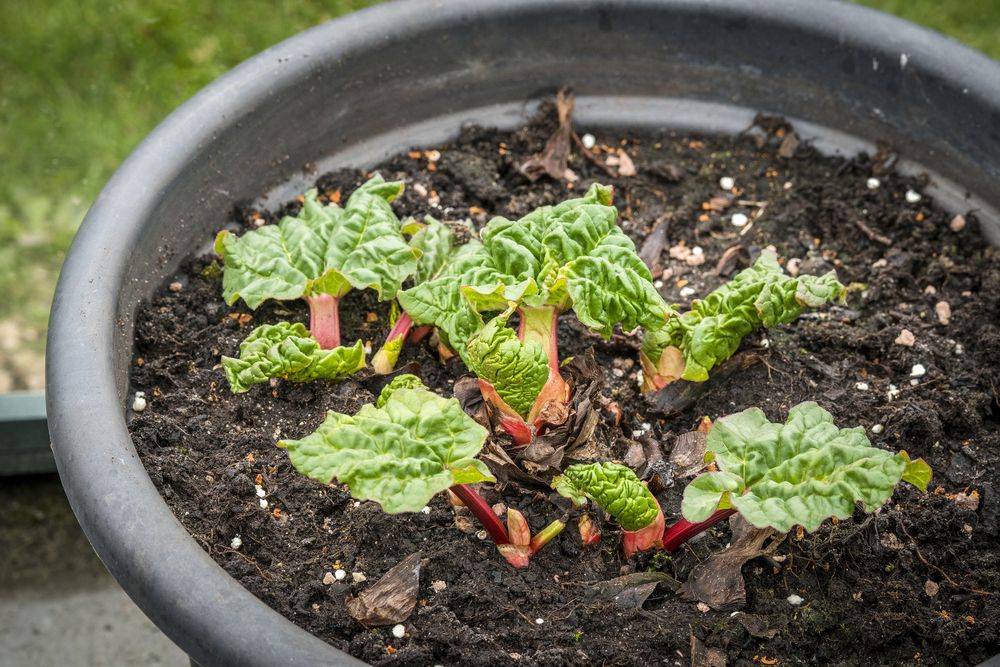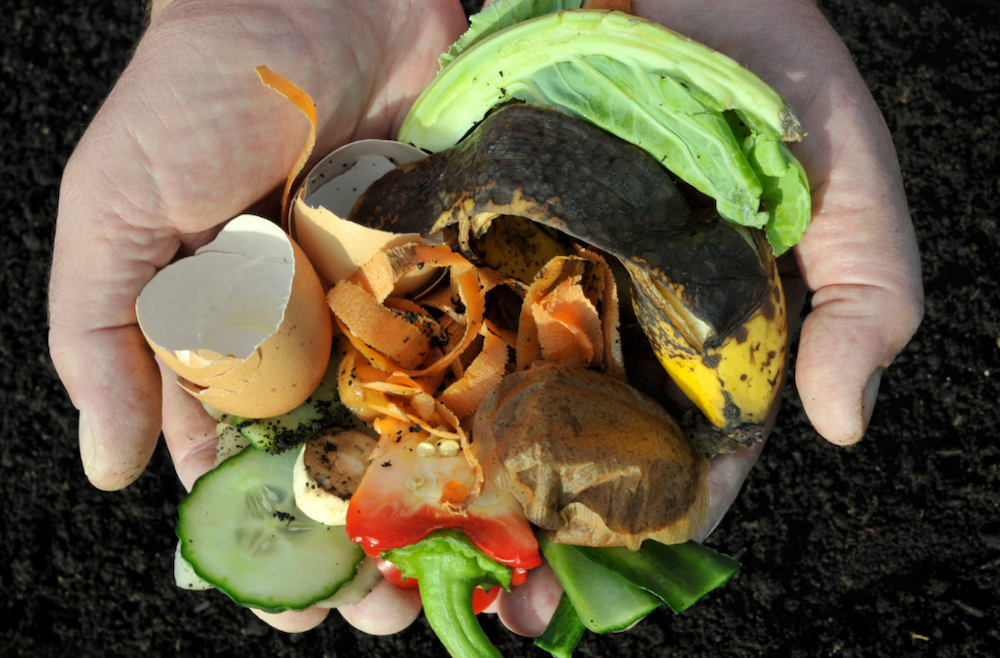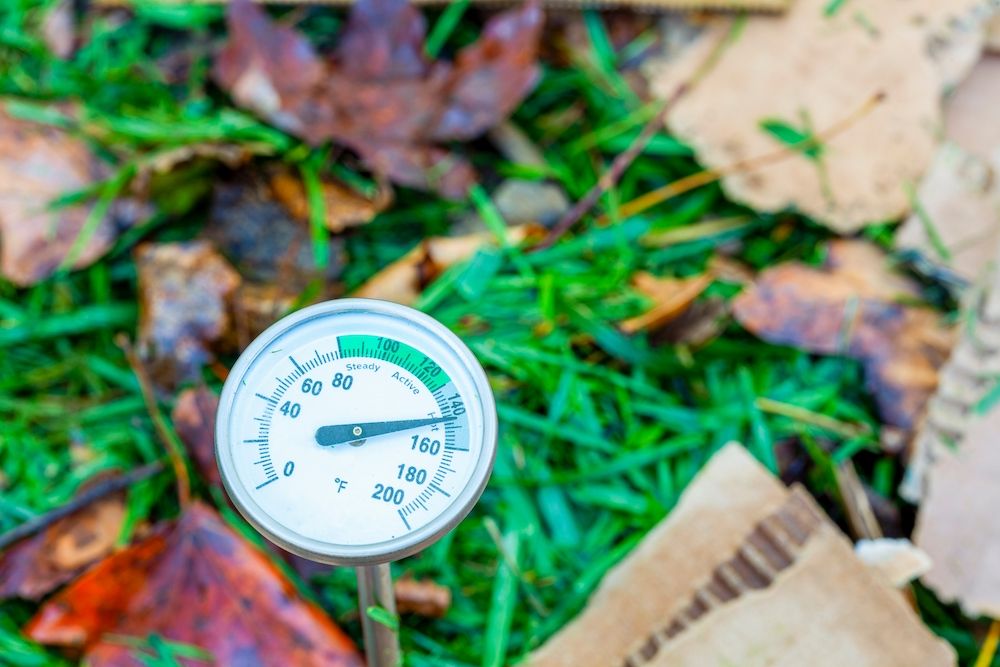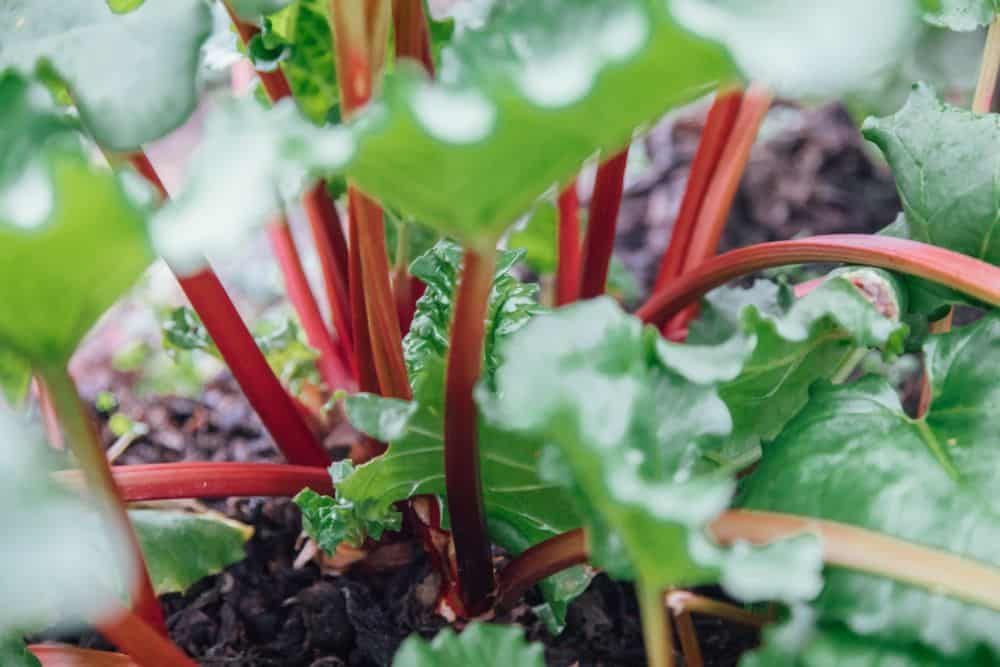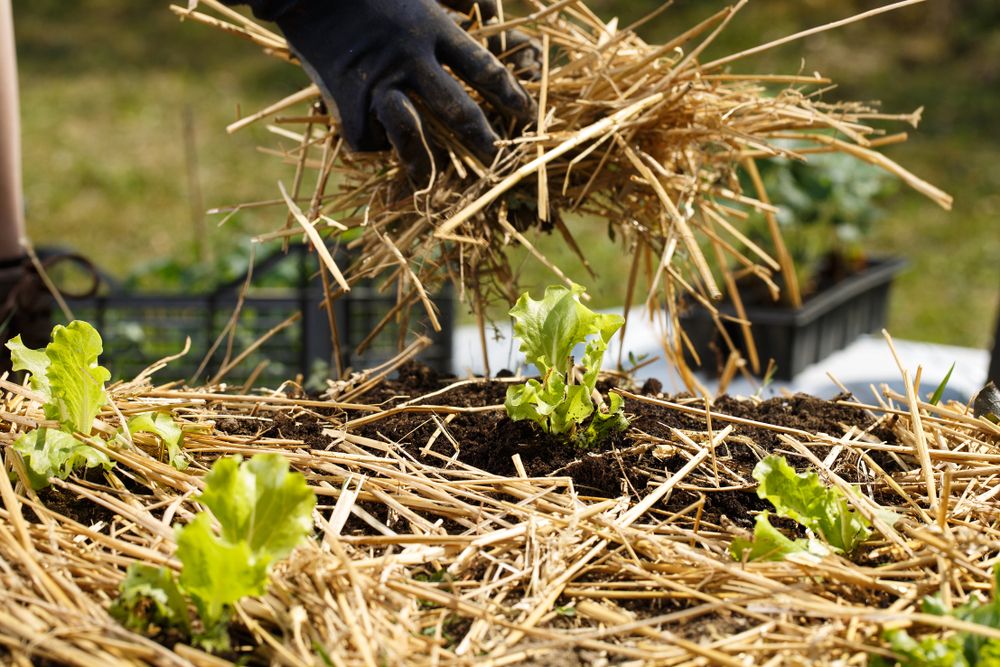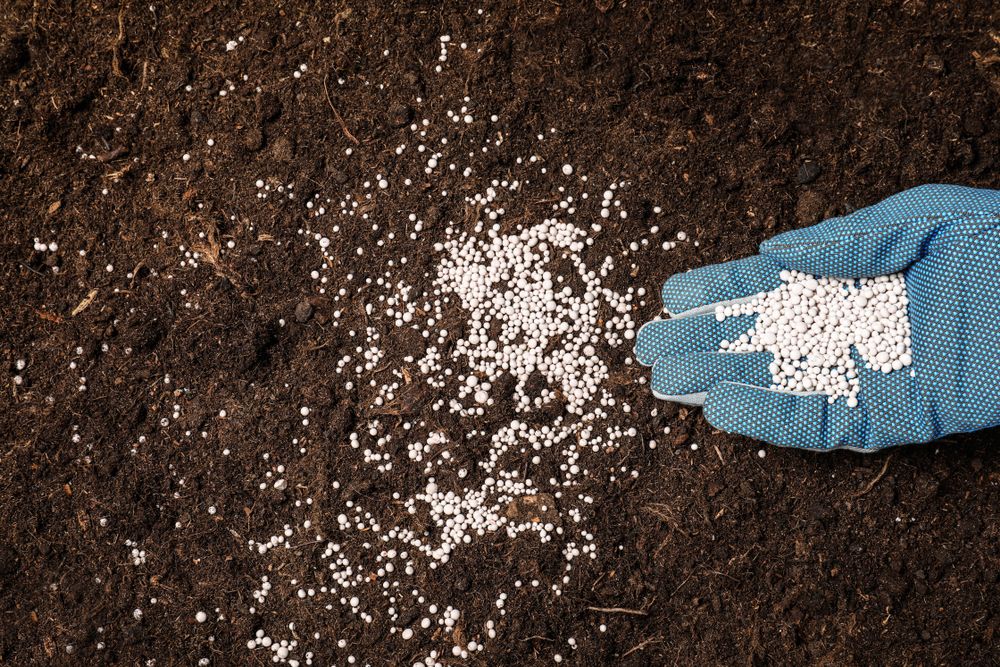Gardening is a great way to get back into nature, nurture something, and reap the rewards of your hard work. Not only will you have fun growing this interesting vegetable but also, it's easy to start, requires little effort, and produces great yields. Plus, you don't need a large garden plot either as rhubarb does well grown in pots.
Here are some top tips for growing rhubarb successfully in containers no matter what type of gardener you are! From beginner to expert, you'll know exactly how to care for these funky plants and gather their sweet stems come harvest time!
Select the Right Pot
Image credits: Polarpx via Shutterstock
Growing rhubarb in a pot is an excellent option for those who don't have the space or soil conditions to grow it in the ground. When selecting pots for growing rhubarb, there are several considerations you'll want to make.
The first step is choosing the right size. Rhubarb plants spread out horizontally as well as vertically, so you'll want a pot that's at least 20 inches wide and deep with plenty of room for roots to spread. Anything smaller than this could limit your plant's growth potential. You can also opt to buy large decorative pots or use an old plastic tub or bucket you have lying around.
Additionally, select a pot with drainage holes at the bottom. This helps ensure that your soil doesn't become too waterlogged. The last thing you want is for your rhubarb roots to rot because of excess moisture.
Give It the Right Soil
Image credits: Grahamphoto23 via Canva
If you want to grow rhubarb in pots, give the soil plenty of organic matter. Composted manure or garden compost added to the soil helps supply nutrients (like nitrogen) and improve drainage for your rhubarb plants. Nitrogen is one of the most important nutrients to supply your rhubarb plants with as it promotes leaf growth.
For optimal growth, aim for a slightly acidic pH between 6.2 and 6.8. Also, soil testing is imperative to find out what type of adjustments you may need.
Temperature Considerations
Image credits: grandbrothers via Shutterstock
Rhubarb will grow to its fullest when average temperatures are below 40 degrees Fahrenheit during the winter and under 75 degrees Fahrenheit during the summer. Additionally, soil temperature should remain around 50 degrees Fahrenheit (minimum!) to ensure optimal growth conditions.
To make sure your soil stays cool enough for successful growth, you may need to move your potted rhubarb indoors during times of extreme heat or cold temperatures. If this is not an option, try providing shade or insulation around your potting container to keep temperatures more moderate.
When and How to Plant
Image credits: kaori nohara via Unsplash
Gardeners in USDA hardiness zones 3 to 8 can successfully grow rhubarb in pots, but timing is key. Plant crowns in a location with full or partial sun during late fall or early spring.
For early spring planting, wait until the soil is workable to plant and use a temperature gauge to test the soil. This process should be done while the roots are still dormant. For best results, do not plant rhubarb seeds unless you live in the southern areas of the United States.
For fall planting the steps are a tad simpler -- plant once dormancy has set in.
Now that you know when to plant it's time to get started! Purchase one-year rhubarb crowns from your local nursery or gardening store. Plant the roots with the crown bud 2 inches below the surface of the soil, with the buds facing up. After planting, water well, and continue to keep it evenly moist but not soggy.
Rhubarb is sensitive to dryness and suffers if it doesn't get enough moisture, especially during the peak of summer.
Mulching
Image credits: zlikovec via Shutterstock
Mulching is essential for growing rhubarb, as it helps to retain moisture and keep the soil temperature consistent. You'll want to use a 3-inch heavy layer of straw mulch around your rhubarb plants to ensure they stay healthy.
When applying mulch, make sure it doesn't come into contact with the plant itself or cover the crown, as this causes rotting. Once applied, give your plants plenty of water and don't forget to check on them regularly.
Fertilizing
Image credits: New Africa via Shutterstock
After a long winter, the soil in your containers may need some extra love and care to help get them ready for healthy plants. Applying fertilizer is a terrific way to do this!
A balanced 10-10-10 fertilizer is ideal for giving your potted rhubarb an added boost. Just pepper a light amount of fertilizer across the topsoil of your pot or container and work it into the first few inches of soil with a trowel. Doing this once every spring keeps your rhubarb happy and gives it just enough nutrients without overloading it with too much.
Monitor For Pests and Diseases
Image credits: anton_mel via Canva
Fortunately, pests and diseases seldom cause issues with rhubarb, but being aware of them helps ensure that your garden is healthy and thriving.
One pest that could be present is the rhubarb curculio beetle. This weevil-like creature bores into stalks and crowns of plants, so keep an eye out for signs of damage like holes or rot. Slugs and snails also nibble away at foliage. If you see them around your plants, use traps to get rid of them.
As for diseases, watch out for fungal leaf spot. This could cause brown, yellow, or gray spots on the lower leaves. Botrytis is another disease to look out for. It causes a gray mold and affects stalks and flower buds.
Get Your Pot On!
Growing rhubarb in pots is a wonderful way to cultivate your own yummy and healthy rhubarb without taking up too much space. With these seven tips, you'll be sure to have a thriving rhubarb garden! Provide it with lots of sunlight and water, as well as the right size pot for optimal growth. Growing this perennial vegetable has never been easier!
Show off your green thumb and share some homegrown goodness with your family and friends. If you have questions or have tried some of these tips yourself, please leave a comment below sharing your experience!


